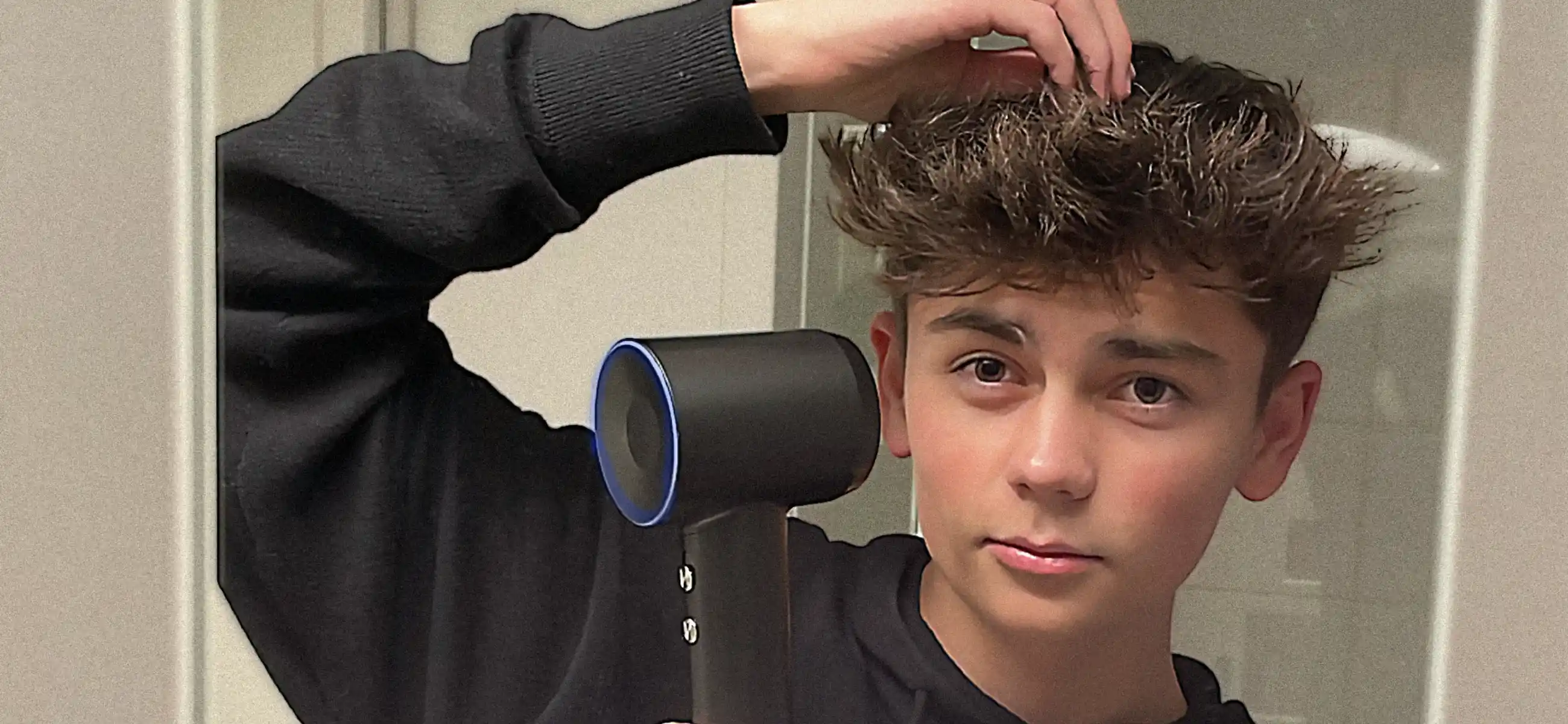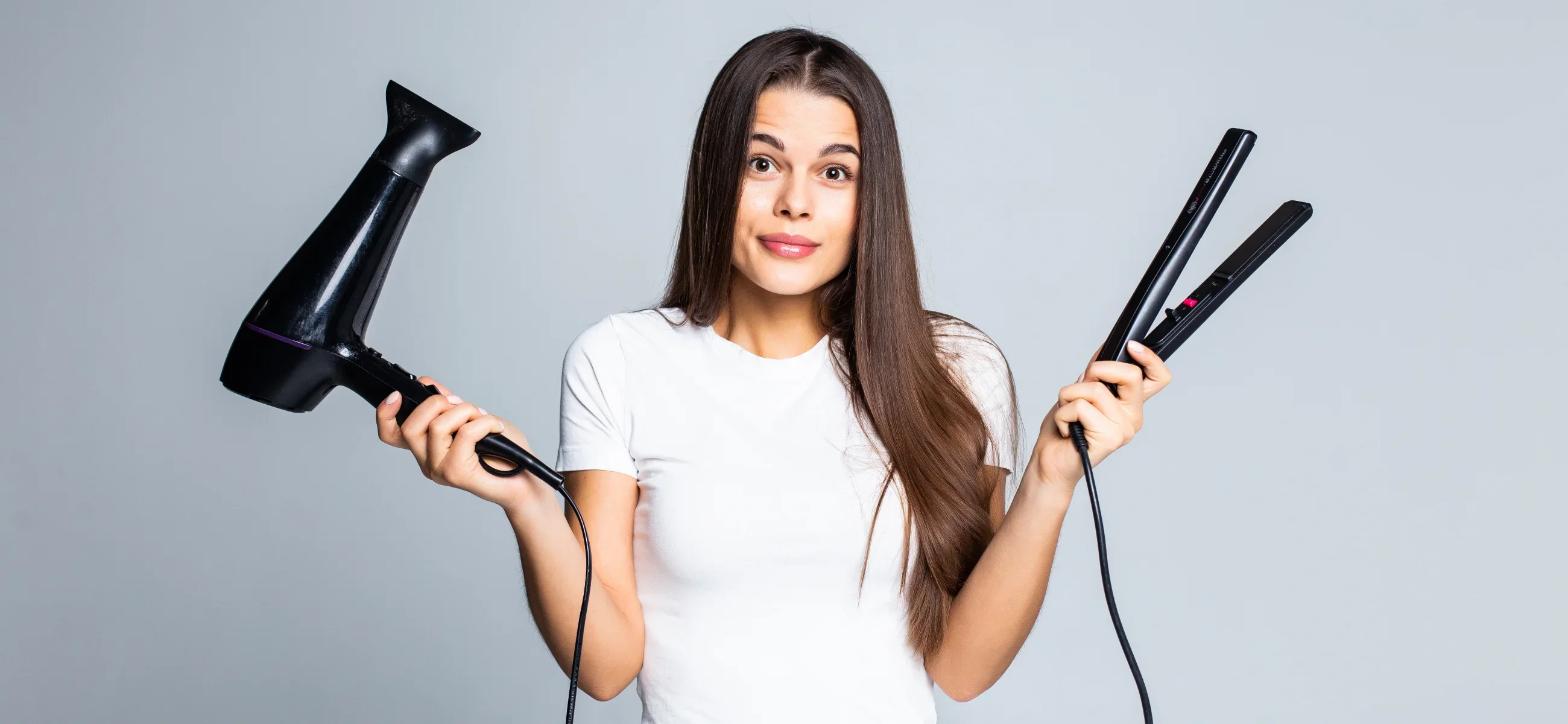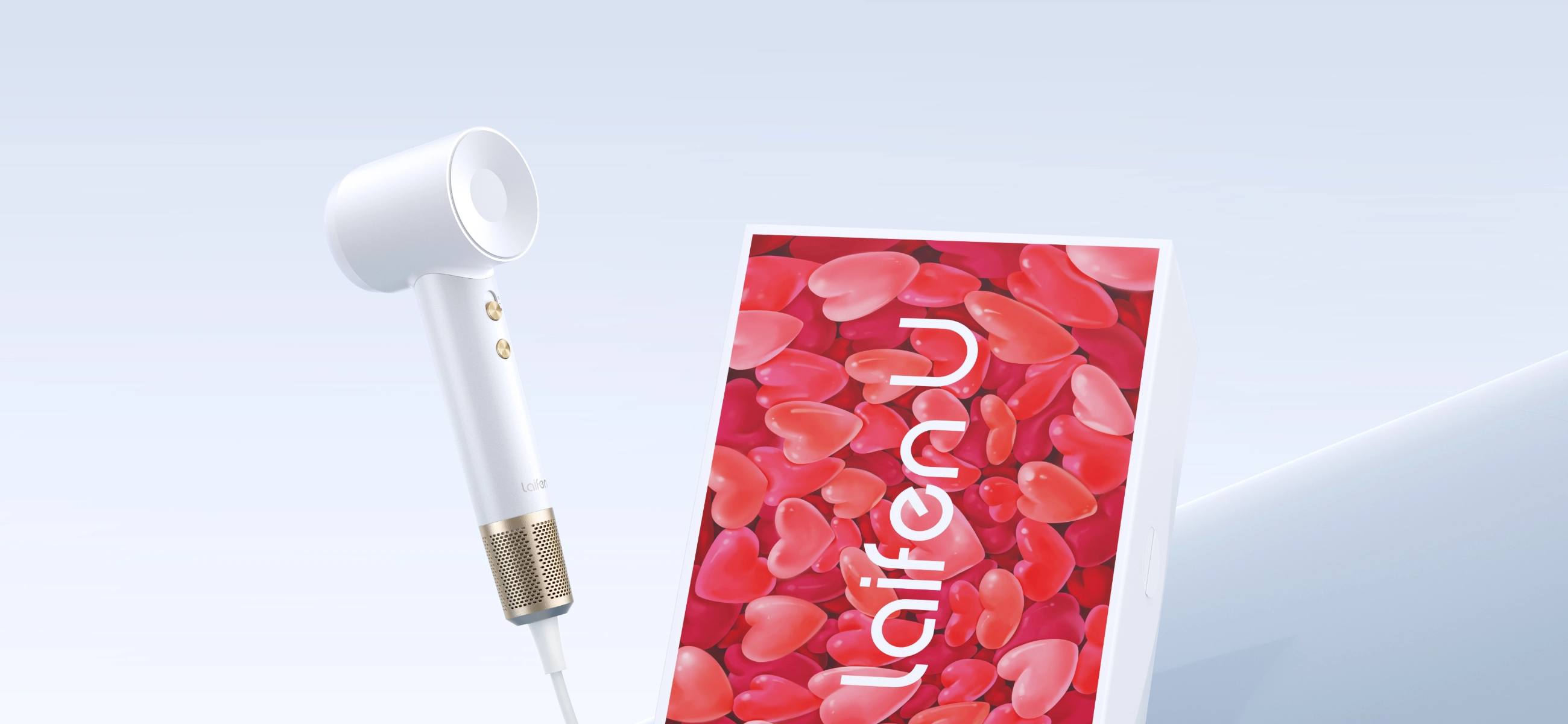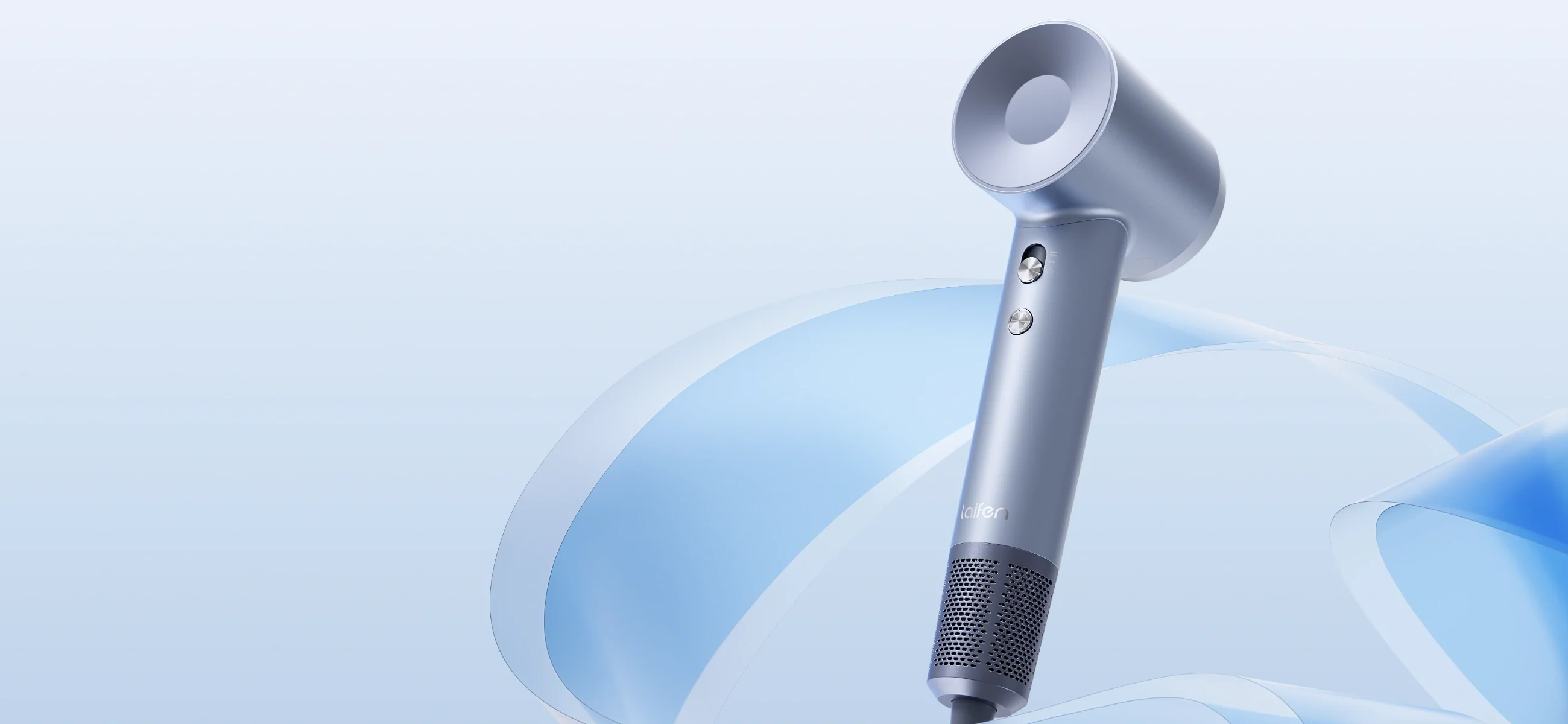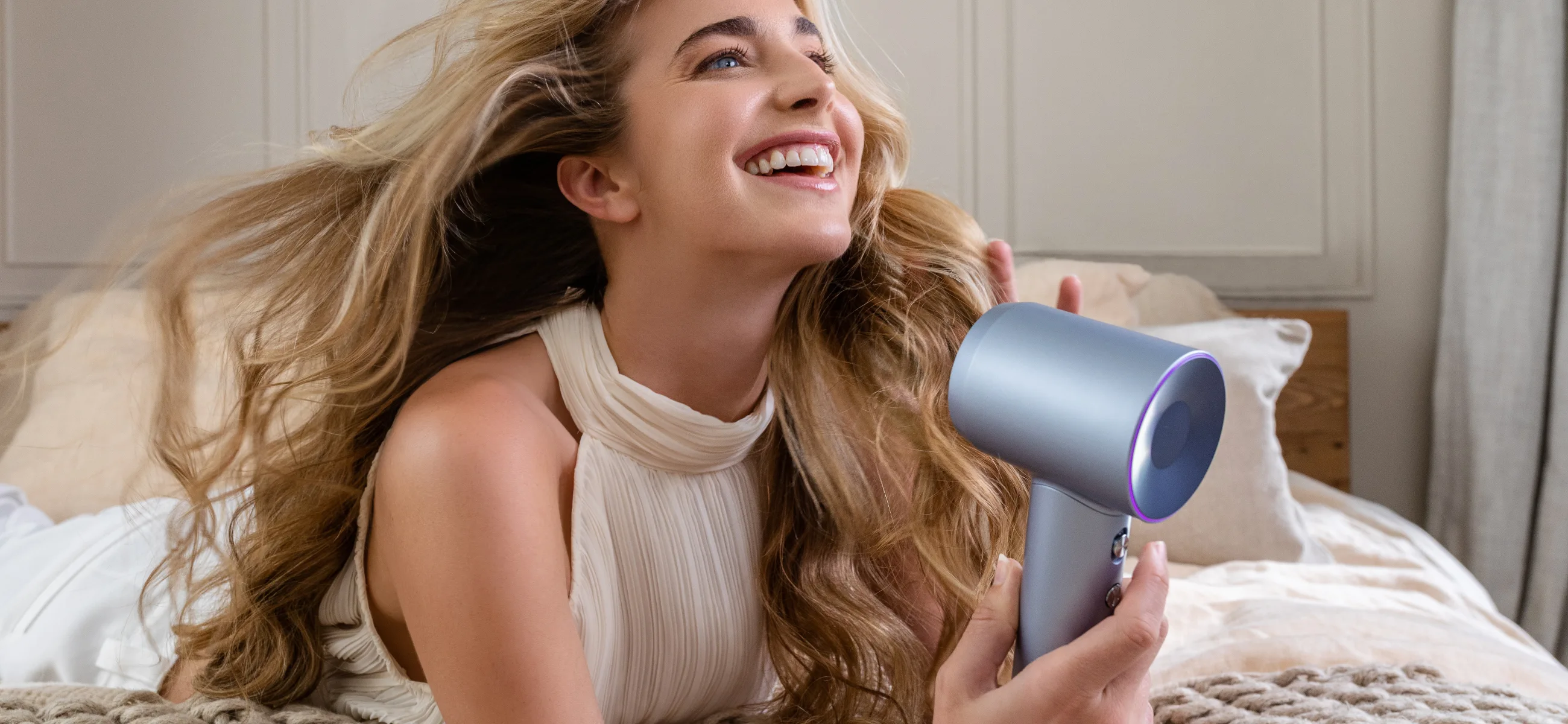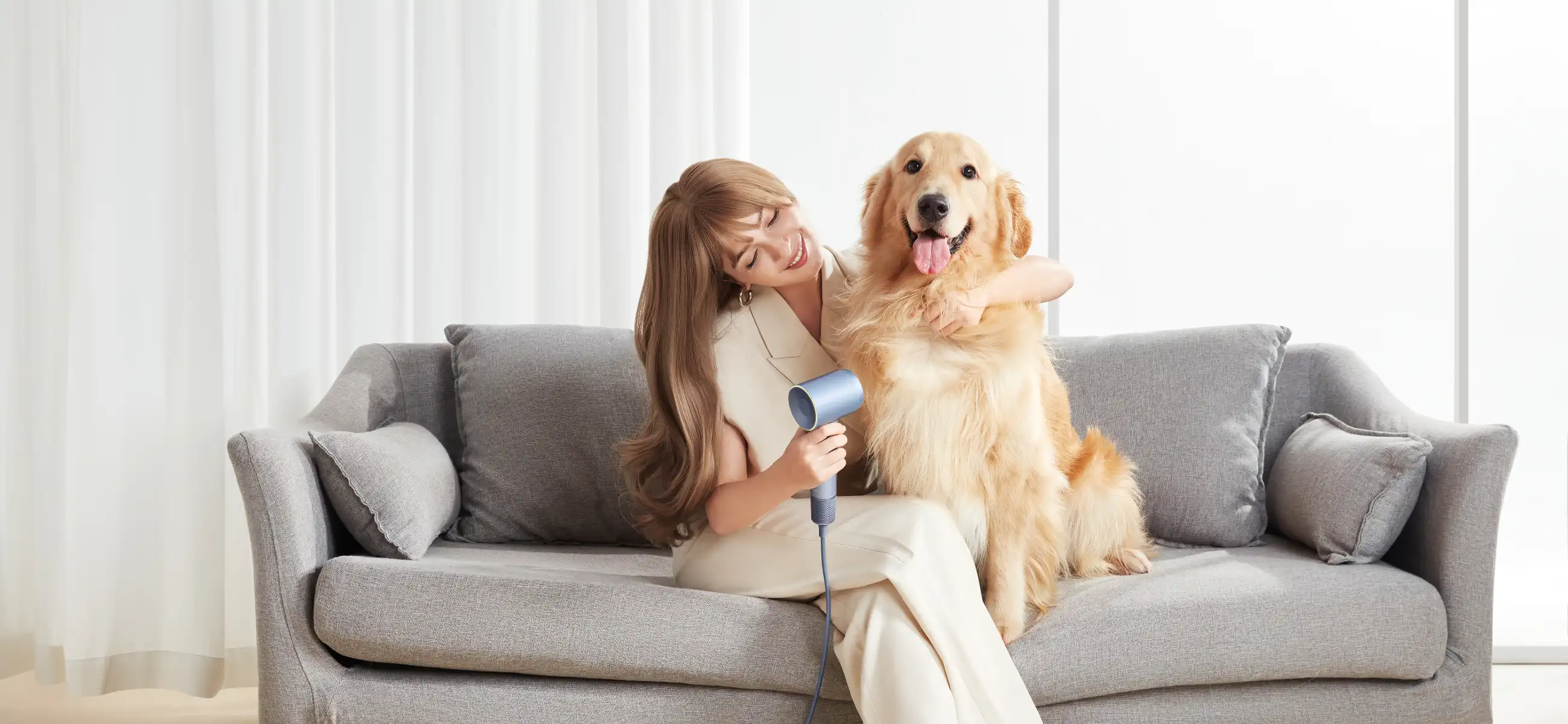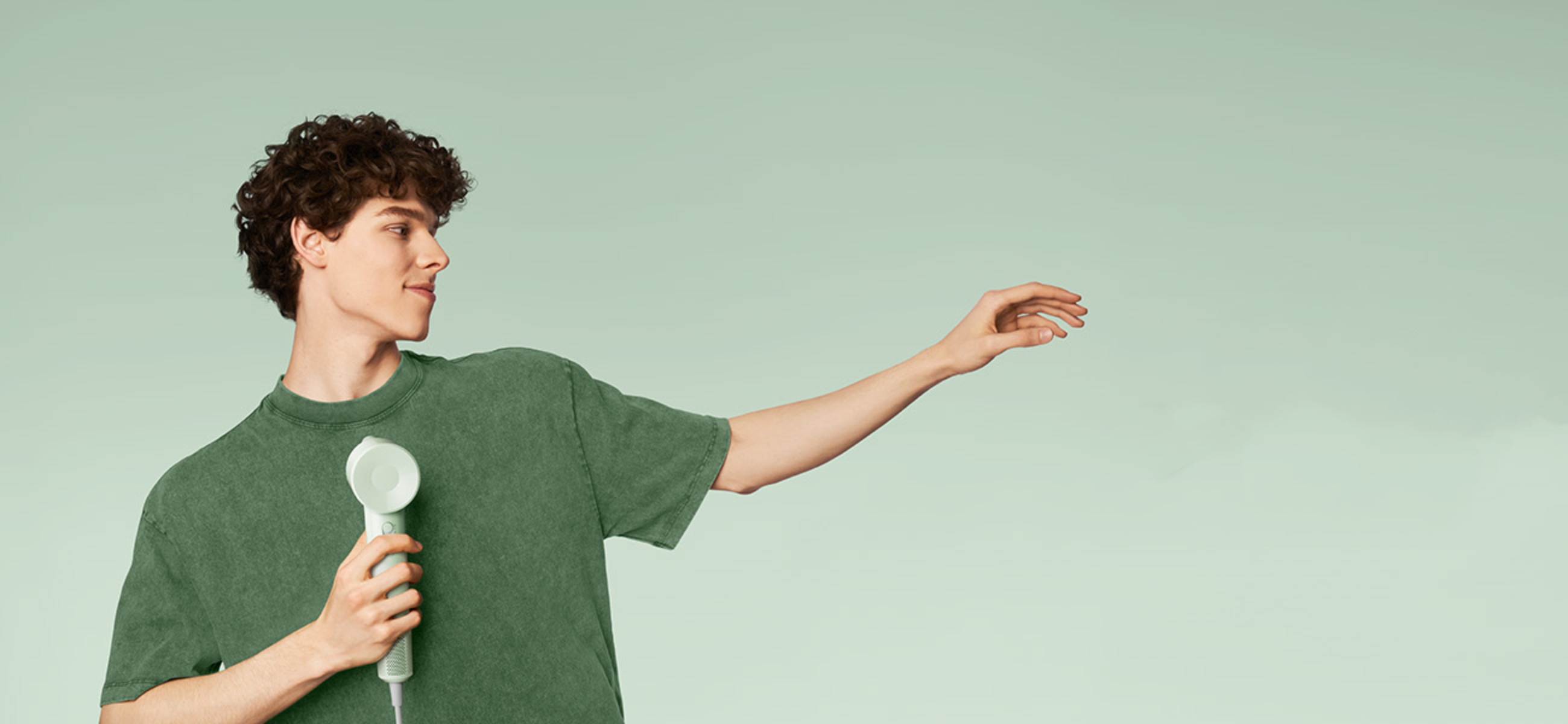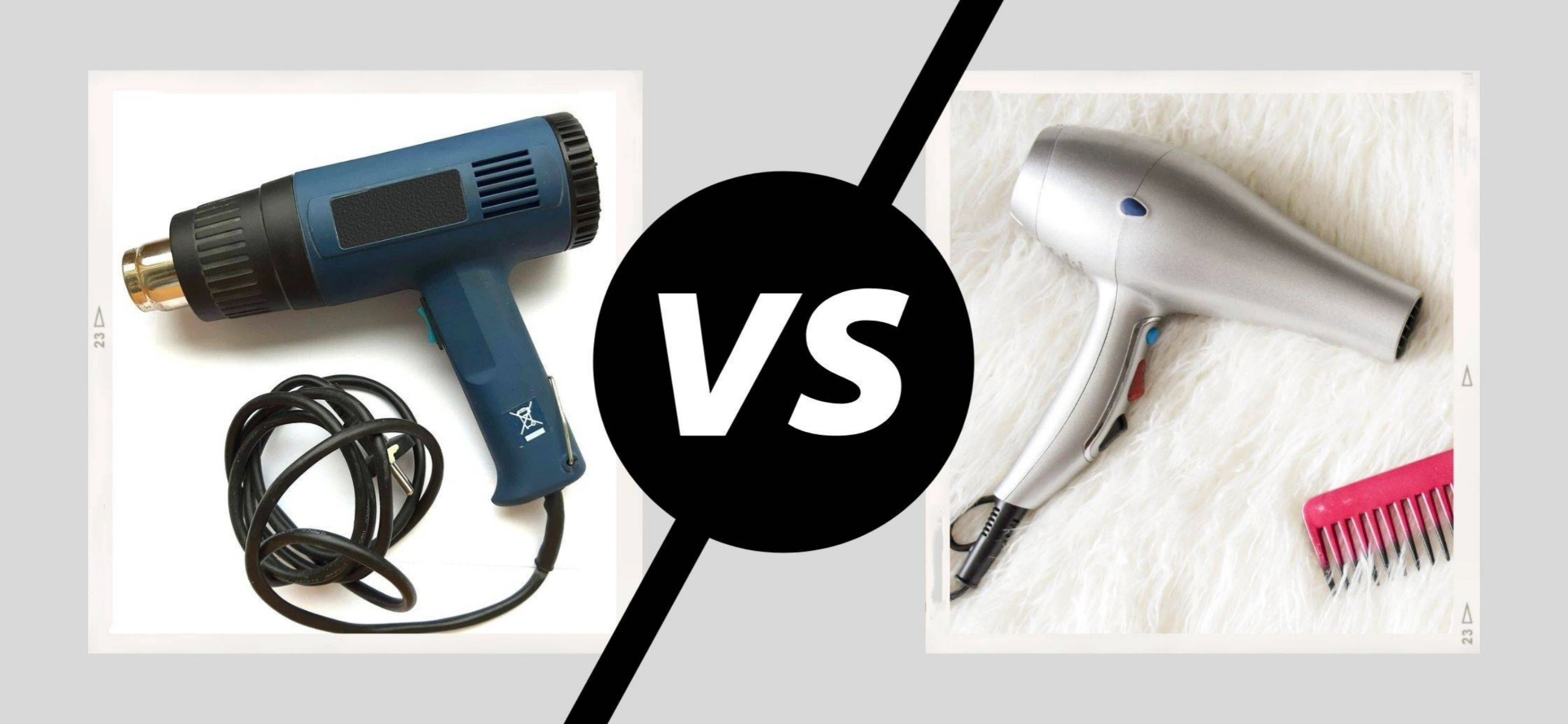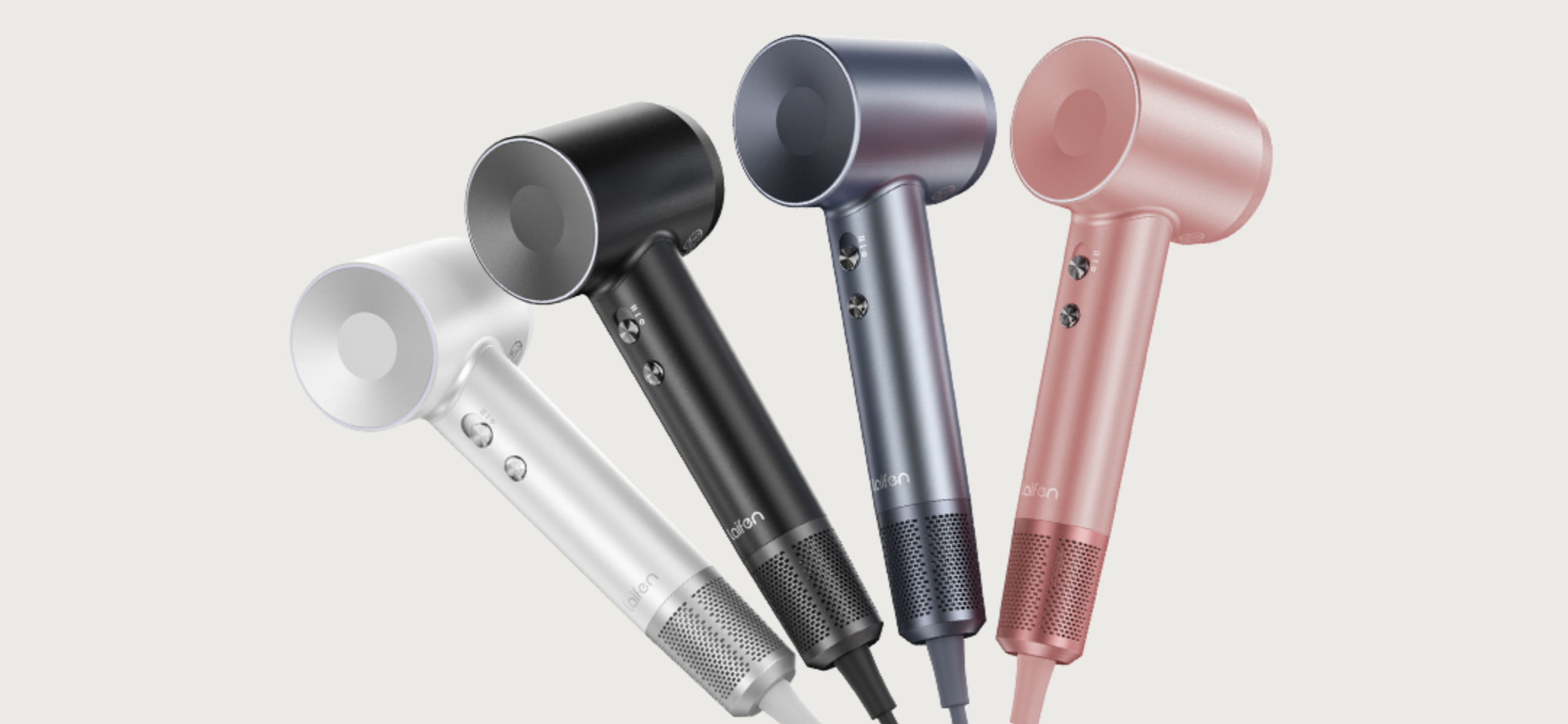“Hair dryer vs. blow dryer: Are they twins separated at birth?”
While often used interchangeably, these gadgets are cut from the same cloth; yet, their subtle nuances can’t be ignored. Usually, a hair dryer is a blow dryer; they come with the same features, functions, and results. Only the expressions differ. But wait, do we need to stop here? Come with me; I will share more about “hairdryers” or “blowdryers” in this post, including the best product recommendations and attachments to help with hairstyling and blowouts according to your specific needs, like texture and type. Here are some differences between hair dryer types you can know about:
Is the blow dryer the same as hair dryer?
Without any doubt, the terms “blow dryer” and “hair dryer” are often used interchangeably to refer to the same appliance. Both are designed to blow out hot or cool air to dry and style hair.
While some may argue that there are slight technical differences between the two, for practical purposes, they serve the same function. Whether you call it a blow dryer or a hair dryer, it’s all about achieving that perfect hairstyle with the power of hot air.
Why they are the same as each other?
hat are the points they contain that are the same? Here are the answers.
Functionality
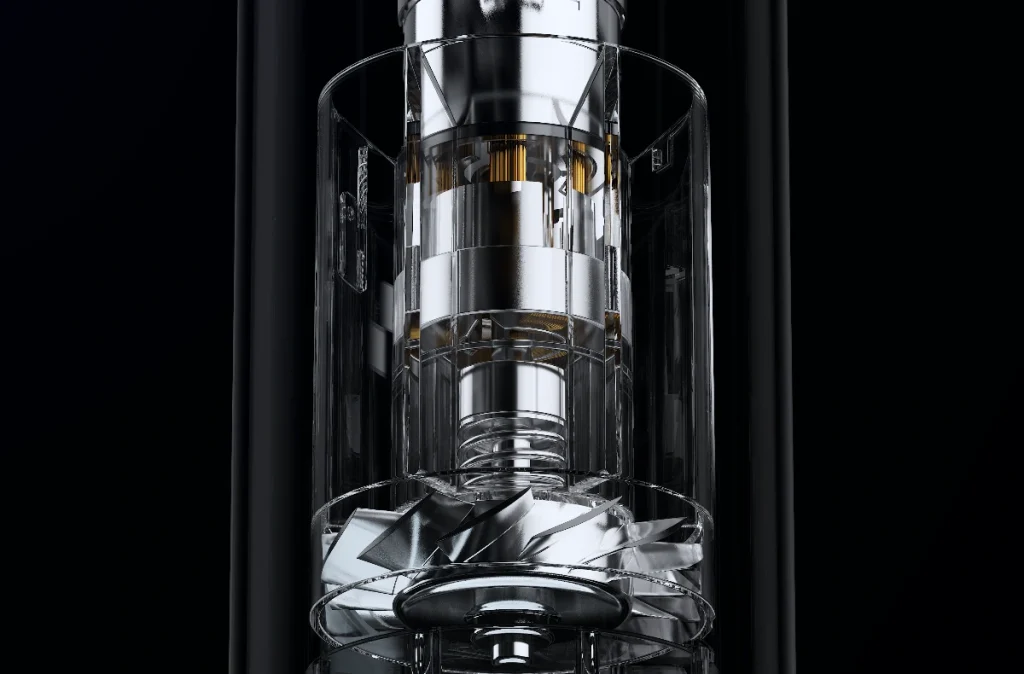
Both blow dryers and hair dryers function in the same way, using a motor to generate airflow that is then heated and directed onto the hair to dry it.
Interchangeable usage
People commonly use the terms interchangeably, and most individuals understand them to refer to the same device for drying and styling hair.
Manufacturers
Manufacturers often use the terms interchangeably in product descriptions and marketing materials, further blurring the distinction between the two. This reinforces the idea that they are essentially the same appliance with different names.
Which is the best blow hair dryer I can choose from today?
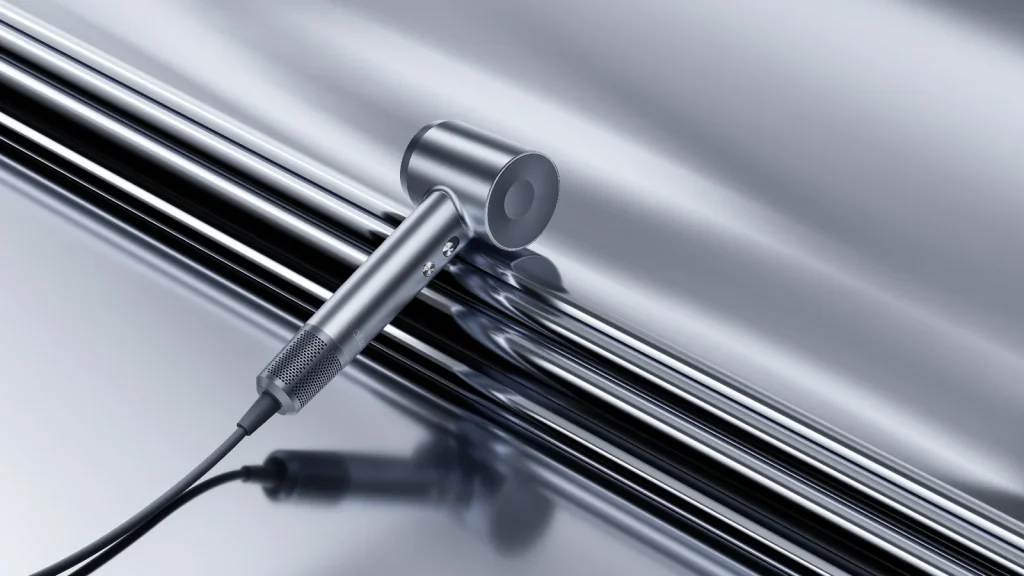
Which is the best hair dryer? Having tested numerous hair dryers over the years, I can confidently say that the Laifen Swift Special stands out from the rest. Its exceptional performance and advanced features make it my top choice for achieving moisturized and comfortable results at home
With a 1400W motor, Special delivers fast drying times without compromising on styling precision. The inclusion of three styling nozzles allows for versatile styling options, catering to various hair types and textures. You will get a diffuser nozzle, concentrator nozzle and a smoother nozzle.
Whether I’m aiming for sleek straight hair or voluminous curls, the Swift Special consistently delivers outstanding results with minimal heat damage. For anyone seeking a reliable and high-performance hair dryer, this tool is undoubtedly the way to go.
Pros:
- It boasts a 1400W motor for rapid drying for busy mornings
- It caters to various hairstyles – straight looks and bouncy curls
- Its advanced technology minimizes heat damage so low frizz generated
- Weighing just 407g, it’s comfortable to hold for extended styling sessions
- Its compact size and multi-hair-type capability make it ideal for on-the-go styling
Know about hair dryer attachments at a table
At this part, we’ll show you more accessories of a blow dryer you can use when blow out your hair. For example, you will need a diffuser on a hair dryer when your hair type is curly or wavy.
| Attachment | Description |
| Blow dryer | Main component, emits hot air for drying hair |
| Diffuser | Disperses air evenly to enhance natural curls and waves |
| Concentrator | Focuses airflow for precise styling |
| Brush | Smooths and detangles hair while drying |
| Comb | Helps to straighten and style hair |
| Straightener | Utilizes heat to straighten hair |
| Curling wand | Creates curls and waves with heat |
| Volumizing pick | Adds volume to roots for lift and bounce |
The bottom line (Or leave a comment)
When it comes to hair dryer VS blow dryer, the debate may seem like a game of semantics. Both terms refer to the same device. However, the nuances lie in their usage, attachments, and styling techniques. What’s your take on this hair-raising debate? Share your thoughts below.

